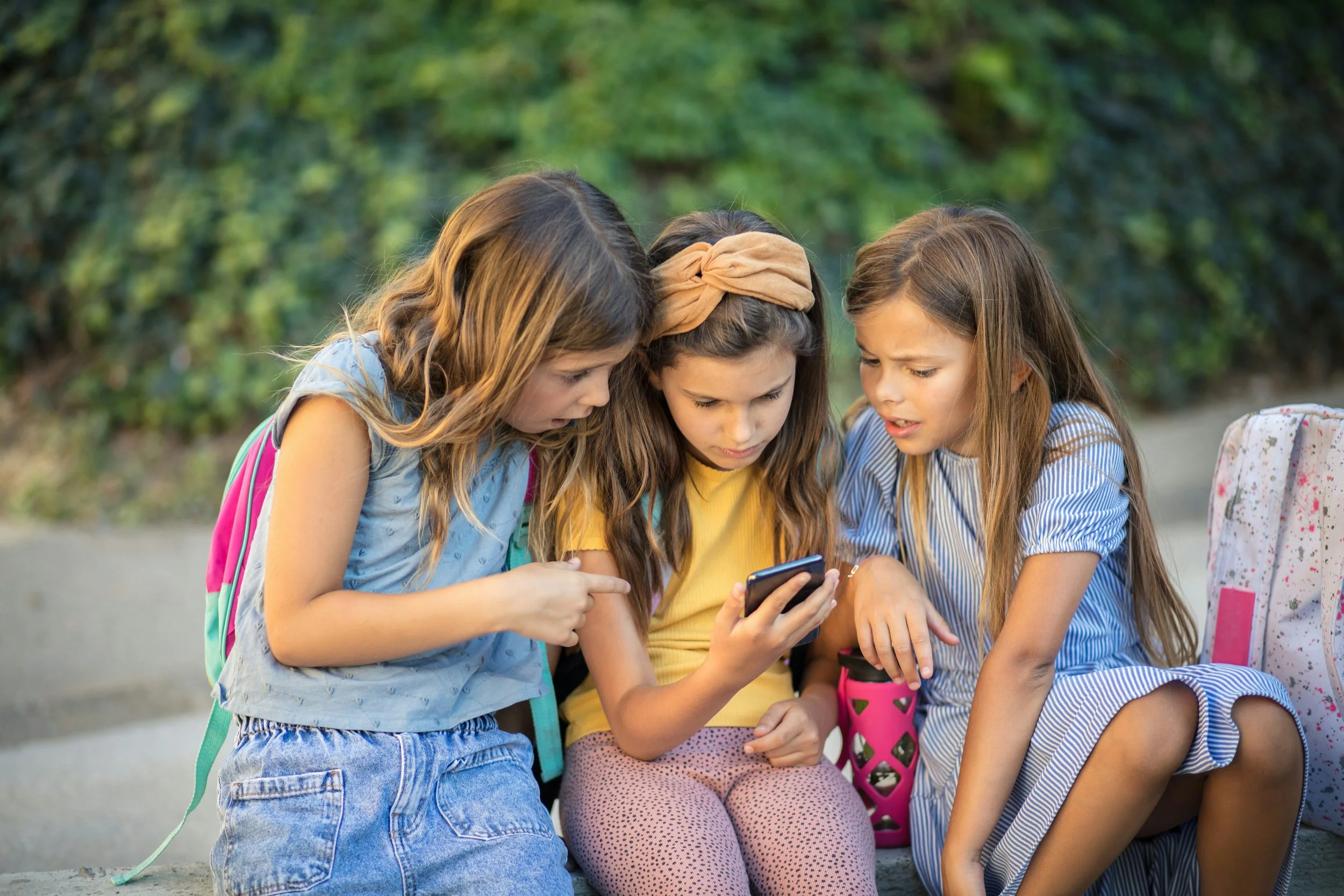Australia’s social media ban – the fix we need or social media band-aid?
It’s happened. Australia will become the first country to adopt a social media ban for those under 16. It’s going to be polarising – no doubt about it – and heavily resisted by the teenage social media users it will affect. But here’s the thing: this is a ban that really shouldn’t have been necessary in the first place.
A feeling of frustration
We’ve waited too long to address the problem, and now we’ve ended up with a band-aid solution. I’ve watched the negative influence and impact of social media run unchecked for years. And I’ve despaired as, collectively, governments, companies and individuals did absolutely nothing about it.
As a parent, I’ve seen firsthand how pervasive and disruptive social media can be. Many of my 12-year-old daughter’s peers are on TikTok and Snapchat well into the small hours of the morning, either because their parents don’t know or choose to turn a blind eye.
Teenage girls’ perception of body image is being negatively distorted and skewed wildly in a shockingly short amount of time. Teenage boys are being exposed to a new wave of toxic masculinity that has no place in our society. Content is increasingly provocative and polarising.
This ban reflects failures on multiple fronts
Parents, schools, and governments haven’t had the education, tools, or collective will to truly understand the impact or intervene earlier. And social media companies have completely abrogated accountability, prioritising profit over safeguarding young users.
Brands, marketers, and influencers have fuelled the machine to meet their own ends – often using dishonest or disingenuous tactics. While over the last decade, healthcare professionals have been ignored or dismissed, despite their warnings.
Despite current age restrictions, primary school-aged children are accessing social media
Addictive by design
We can’t ignore the design of these platforms – the algorithms that prioritise viral-ness over value, rage over reason, comparison over connection. These systems aren’t neutral. They’re built to be addictive. Red buttons here, sugar-cane content there (serving up content platforms know the user is more likely to engage with).
Tactics – that’s what they are – designed to keep users (our kids) scrolling, swiping, comparing, and craving. All of that comes at a cost – to mental health, to focus, to empathy, to identity. And yes, while mental health issues have many contributors – trauma, family violence, poverty – social media is like petrol added to those flames.
Social media companies have been left to run wild, and governments around the world have let them. The challenge now is that teenagers’ social lives are so deeply intertwined with these platforms that cutting the cord won’t be without its own set of problems. And let’s be honest, teenagers are resourceful – they’ll find ways to get around the ban.
But let’s not underestimate the symbolic importance of this moment. It’s a signal that enough is enough. That unregulated digital playgrounds aren’t okay. That society is finally willing to put the brakes on tech’s race for attention — at least where kids are concerned.
Navigating digital spaces safely
To me, the most important aspect of the ban isn’t the ban itself, but the discourse we’re finally having about social media; it’s giving us all a reason to have a long and overdue conversation with our kids about the dangers of social media, the harm it can cause, and how to engage with it safely.
We should be teaching our kids to be critical thinkers in digital spaces – to understand how platforms work, what’s real and what’s curated, and how to protect their mental wellbeing. And we as adults need to model that behaviour too.
If we want to move beyond band-aids, we’ll need a shared, sustained effort — from families, educators, policymakers, and yes, even the platforms themselves. Because the next generation deserves more than algorithmic chaos and curated perfection. They deserve digital spaces designed for safety, not just scale.

